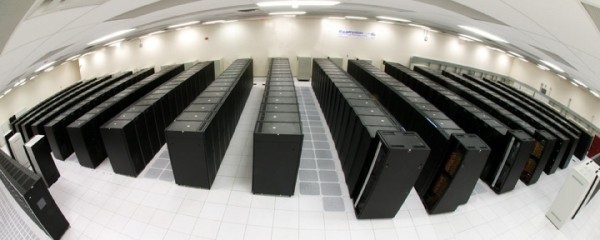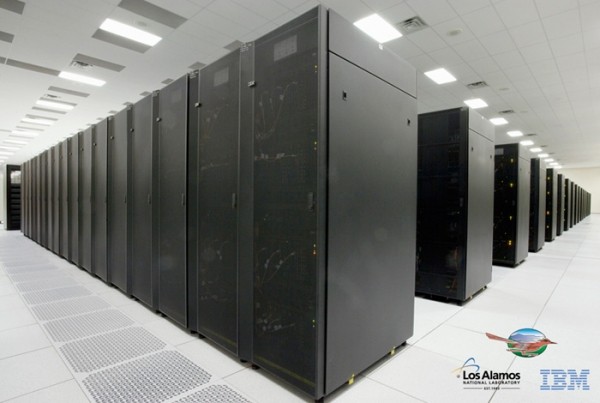A supercomputer that was once the fastest in the world was shut down over the weekend. Known as Roadrunner, the system went online five years ago at the Los Alamos National Laboratory to monitor the United States' nuclear weapons stockpile.
Furthermore, the system - which consisted of 6,563 dual-core AMD Opteron processors with each core linked to a PowerXCell 8i graphics chip similar to the ones found in Sony's PlayStation 3 - was the first hybrid supercomputer. The massive machine housed 278 server racks - each the side of a typical refrigerator.

The IBM supercomputer was the first to break the petaflop performance barrier and held a spot at the top of the TOP500 supercomputer site on three separate occasions. In addition to its nuclear monitoring duties, the powerhouse was used to simulate the Big Bang and even helped map the HIV genetic tree in an effort to help find a vaccine.
Even after five years of operation, it remains one of the world's 30 fastest supercomputers but that's just not good enough when it comes to overseeing a nuclear stockpile and running simulations for the Stockpile Stewardship Program.

The system will be dismantled in about a month but until then, researchers will be allowed to run experiments on the OS' memory compression techniques to help build more efficient supercomputers in the future. Gary Grider from the Laboratory's High Performance Computing Division said these are the types of things that they were never able to try while Roadrunner was performing daily tasks.